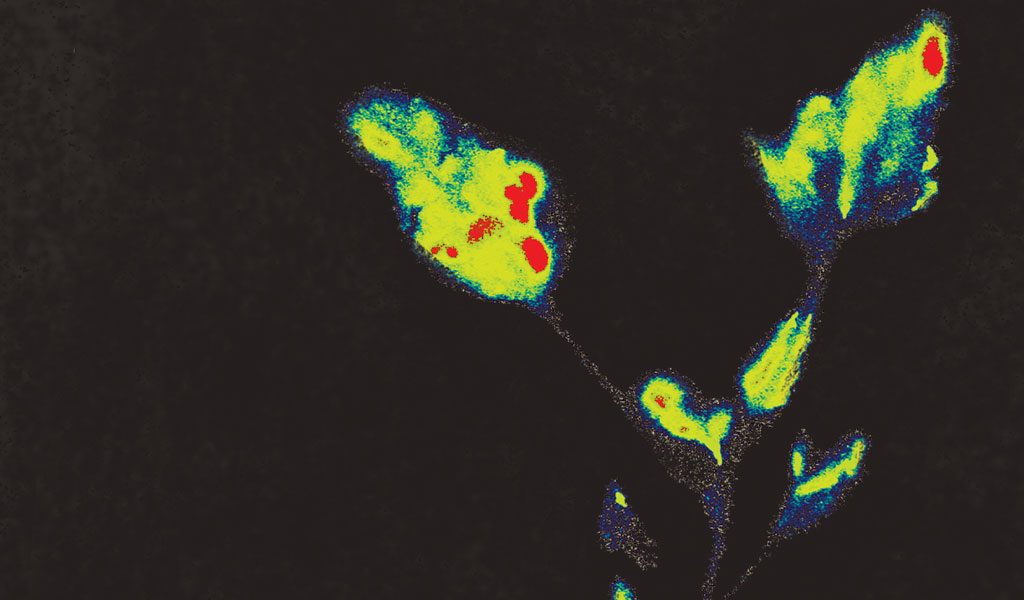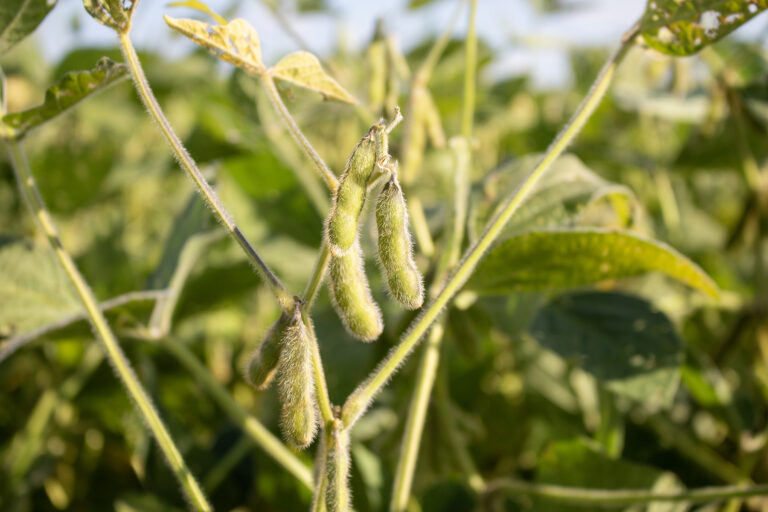FRESNO, CA – An independent University of Illinois study has shown that WETCIT®, now with TransPhloem™ technology, provides greater herbicide uptake and faster translocation of systemic herbicides compared to other widely used adjuvants.
“This is important news for growers who fight post-emergent weeds, especially as in-season, over-the-top herbicide applications have become so prevalent. The ability of WETCIT to more quickly move foliar herbicides into plants means applications have less of a chance to be adversely affected by environmental conditions, like a pop-up rain shower. And improved translocation means more herbicide is delivered to the roots to do the job of killing weeds in both pre-season burn down and in-season applications,” explains Riley Reynolds, Director of Sales & Marketing for Oro Agri, Inc. He continues, “Overall, WETCIT, with TransPhloem™ technology, protects growers’ investments with better herbicide performance and, ultimately, less yield drag from weed infestations.”
Conducted by researchers at the University of Illinois, the Oro Agri-commissioned study compared the absorption, penetration, and translocation rates of foliar applications made with radio isotope solutions of Roundup PowerMax, used alone, and combined with WETCIT and other popular types of adjuvants: crop oil concentrates, methylated seed oils, high surfactant methylated seed oils, and non-ionic surfactants.
The improved formulation of WETCIT provides superior spreading and wetting and delivers better movement through the tough epicuticular wax found on many weeds’ leaves for faster absorption and accelerated rainfastness.
Once the materials have been absorbed and penetrated the leaf surface, WETCIT’s TransPhloem™ technology moves active ingredients into the phloem. The study showed WETCIT offers fast translocation of a herbicide from the leaf surface into the plant’s petiole in as little as 15 minutes after application. It also found that a dramatically higher percentage of glyphosate is moved into the plant, including the roots, when combined with WETCIT, compared to other adjuvant types.
As part of the larger study, phosphor images of lambsquarter, with a single weed leaf treated with a C14 radio isotope of glyphosate and the adjuvants being tested, provided visual evidence that WETCIT delivered more herbicide into the roots, and throughout the plant, faster.
In summary, the university study found that, upon application, WETCIT delivers more post-emergent, systemic herbicide to weeds’ roots faster than other types of adjuvants providing the potential to kill weeds faster and reducing the amount of water and nutrients they could steal from growers’ crops.














